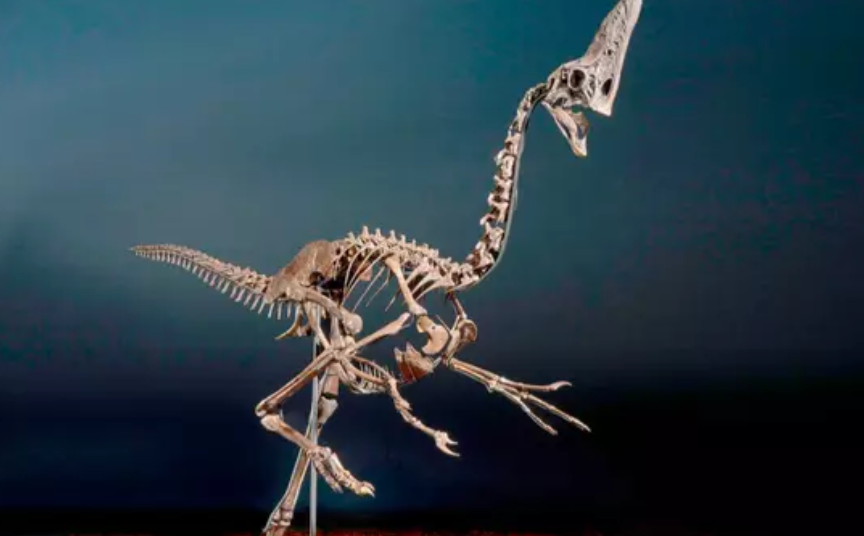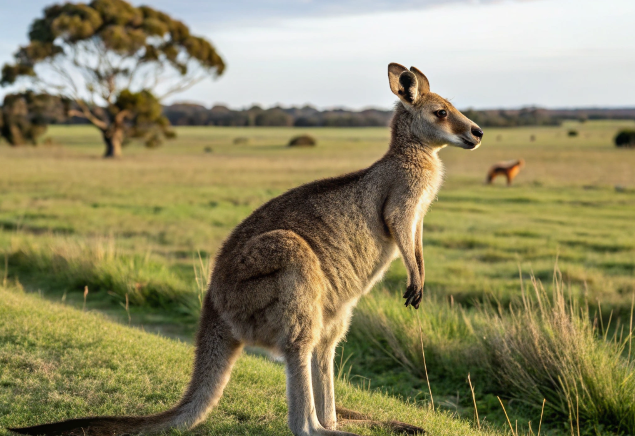Update: Dire Wolves That Were Brought Back From Extinction Have Grown Twice Their Size in No Time
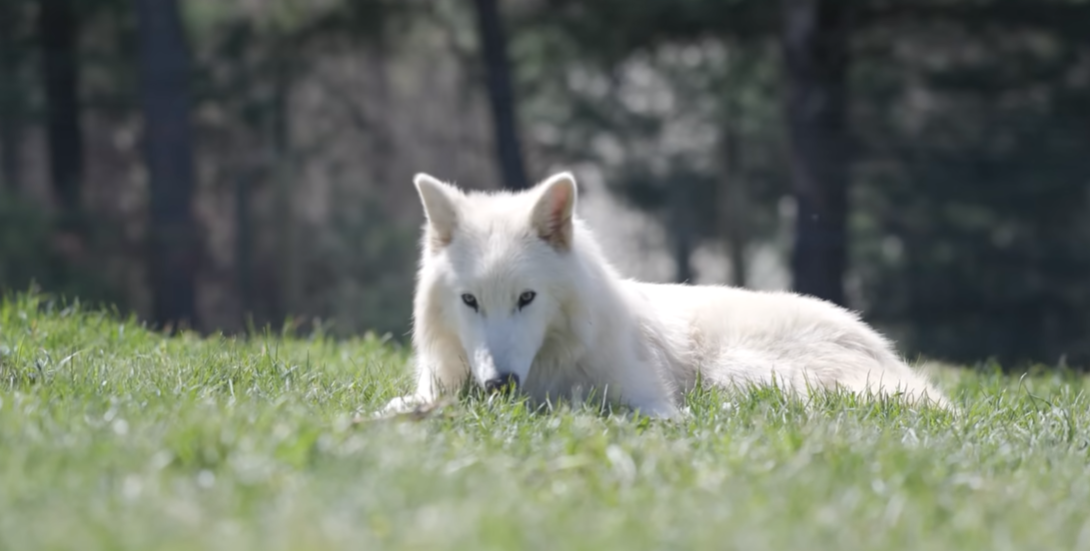
Scientists have made this dream a reality by bringing back dire wolves, a species extinct for over 10,000 years.
These massive wolves, known from the TV show Game of Thrones, are now growing at an astonishing rate.
What does this mean for science and nature? Let’s dive into the story.
Dire Wolves De-Extinction: The Birth of a New Species
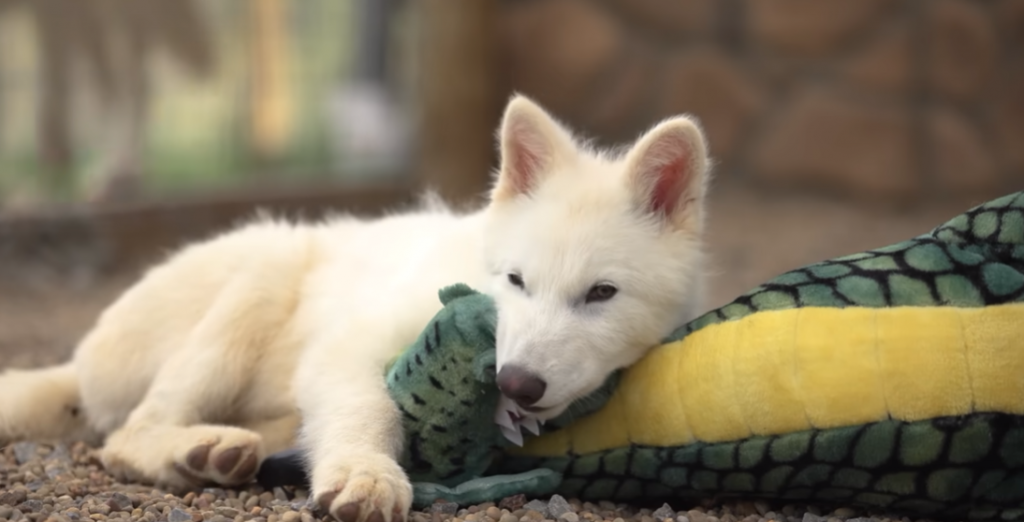
In April 2025, Colossal Biosciences, a company in Texas, announced the birth of three dire wolf pups named Romulus, Remus, and Khaleesi.
They used DNA from ancient dire wolf fossils, like a 13,000-year-old tooth and a 72,000-year-old skull, to edit the genes of gray wolves.
By making 20 changes to 14 genes, they created wolves that look and act like their extinct ancestors. These pups have white fur, strong jaws, and larger bodies than modern gray wolves.
The pups were born using surrogate dogs, a process similar to cloning. Colossal calls this “de-extinction,” but some experts disagree, saying these are genetically modified gray wolves, not true dire wolves.
Still, the pups are a big step in science, showing how we can bring back traits of long-gone animals.
Rapid Growth Surprises Scientists
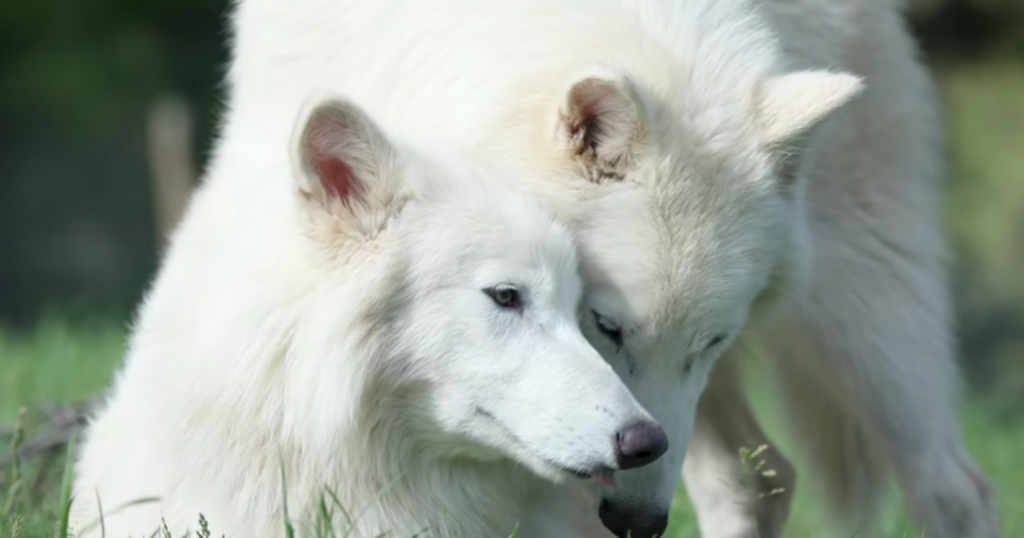
By July 2025, Colossal shared an update: the dire wolf pups have more than doubled in size in just six months!
Romulus and Remus, now over six months old, weigh more than 90 pounds, about 20% larger than a typical gray wolf.
Khaleesi, who is three months old, weighs 35 pounds, still 15-20% bigger than gray wolves her age. This fast growth shows the ancient dire wolf genes are working, making these pups stronger and larger than expected.
The wolves live on a 2,000-acre preserve in the northern U.S., kept secret to protect them. They eat high-quality dog food, ground meat, and organ meats, with plans to introduce whole prey to build their wild instincts.
Remus is emerging as the pack leader, while Romulus plays a supporting role. Khaleesi is kept separate for now, but the team hopes to unite them soon.
What’s Next for Dire Wolves?
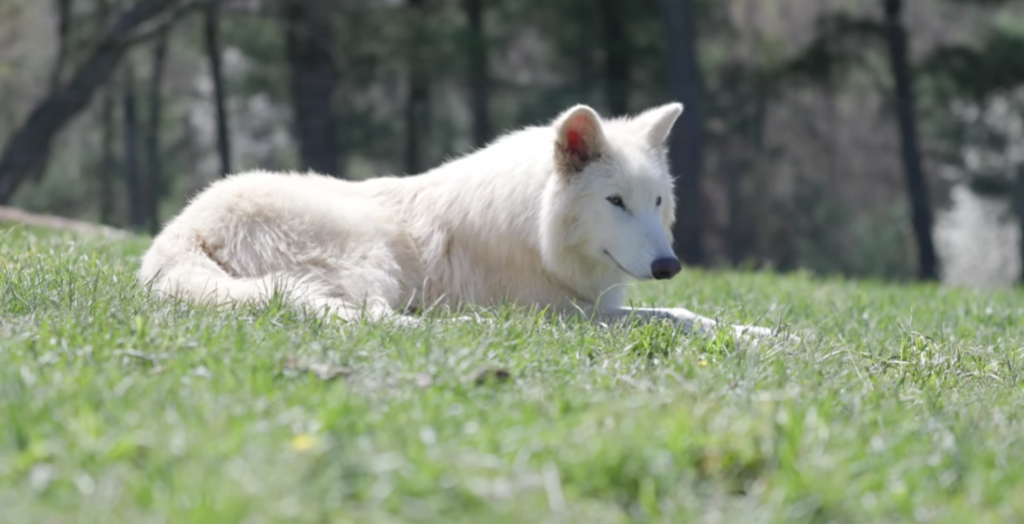
The rapid growth of these dire wolves raises big questions. Can they survive in the wild? Could they harm modern ecosystems if released?
Some scientists worry that focusing on de-extinction distracts from saving endangered species like the red wolf, which has only 15-20 left in the wild.
Colossal says their technology could help endangered animals by boosting genetic diversity, but critics argue it’s more about fame than conservation.
Colossal plans to study the pups with medical checkups, including CT scans and blood tests, to learn more about their growth.
They also aim to create more dire wolves and possibly share them with Indigenous tribes for preserves.
While the future is unclear, these pups are a glimpse into a world where science can rewrite history. Will dire wolves thrive again, or is this just a bold experiment? Only time will tell.
You might also want to read: Have You Ever Heard of a Red Panda?
